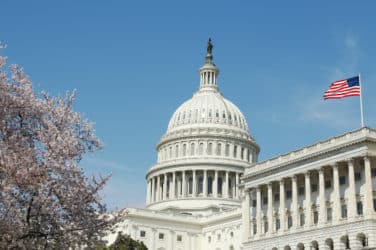
In Canada, regulatory initiatives aimed at stanching the flow of retail order flow to the south are fraught with unintended consequences, according to Nick Thadaney, CEO of ITG Canada.
“It only would supposedly apply to retail flow, but how is any client supposed to cut what’s retail and what’s not retail?” Thadaney told Markets Media. “Then, across certain businesses, if I’m a global investment manager, how am I supposed to keep track of these rules?”
Thadaney is a panelist on the Main Debate of Markets Media’s Canadian Trading and Investing Summit, which will be held Wednesday April 1 in Toronto. The session will cover topics such as reversing the tide of southbound order flow, the role of exchanges, and updates on dark trading.

Nick Thadaney, ITG
The Investment Industry Regulatory Organization of Canada on Jan. 29 republished for comment a proposed anti-avoidance provision that would permit market participants to execute small client orders on a non-Canadian market only when the order is entered on a foreign organized regulated market (FORM) that displays order information, or the order receives meaningful price improvement.
According to IIROC, orders routed to the U.S. commonly receive 1/10 of a cent per share or less in price improvement. On a $20,000 trade of 1000 shares of a security priced at $20, the price improvement therefore would be $1.
“What they’re basically saying is, ‘You can trade wherever you want, but if you’re going to trade in a foreign market, you’re going to have to execute on a FORM,’” said Thadaney. “Which means you can’t send it to a dark pool in the States, even if there’s a better price. You have to send it to a lit pool that is regulated.”
Regulators have expressed concerns about retail order flow migrating south in search of payment for order flow, which is permitted in the U.S. but not in Canada. Their reasoning is that such orders end up being executed on dealer internalization systems, which provide little or no price improvement in comparison to Canadian dark venues, which are subject to a trade-at rule implemented in 2012.
This reasoning is flawed, according to Thadaney. For one thing, he says, only trading on interlisted stocks is affected, and for another, not all of the order flow is retail.
“Only about 250 stocks are interlisted, and of those, the price in the U.S. is better than the price in Canada only about 30% of the time,” said Thadaney. “Now, you’ve got to look at the total environment. What percentage of the total trading environment is retail and what percentage of the total trading environment is non-retail?”
Estimates of the percentage of retail orders range between 30% and 45% of total order flow, according to Thadaney. “Let’s take the middle ground, let’s say 40%. Of that 40% of the flow that is retail, say 50% is interlisted. Now you’re down to 20%. Of that 20%, only about 30% of the time will the trade be better in the U.S., so now you’re down to 7%. Then you’ve got to factors in currency spreads, because to do that transaction, you’re going to have to do a currency trade.”
The rules will disincentivize investments in trading technology, according to Thadaney.
“I’m not going to build in my systems the ability to find or source better liquidity and better execution,” he said. “Because the regulators are saying, ‘Even if you have a better trading outcome in one of these dark pools or one of these liquidity destinations, I’m not going to let you execute there. I don’t care if it’s 20% better. It doesn’t matter.’”






